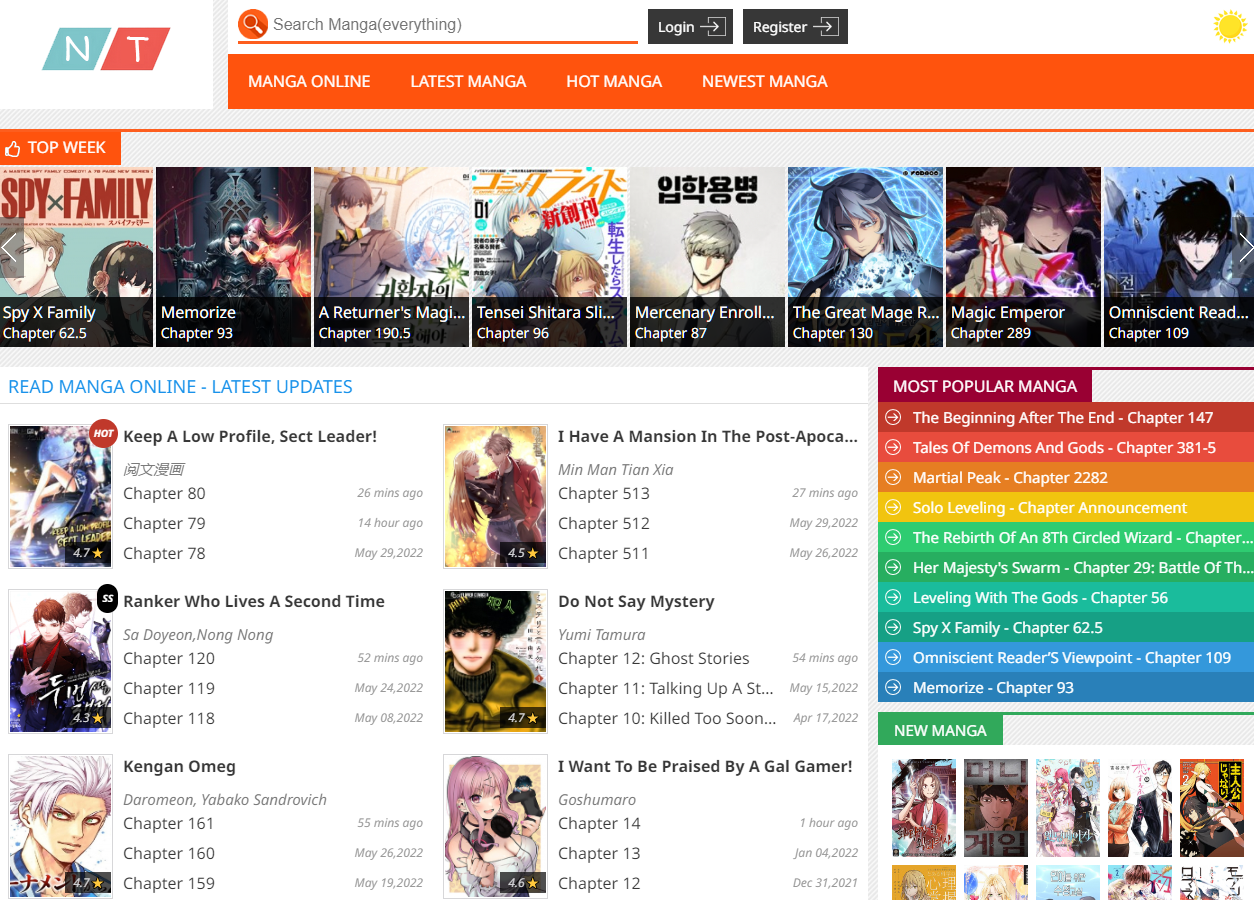🌟 Dịch Vụ Chất Lượng Cao 🌟
✓ 301 Redirect: Chuyển hướng domain an toàn, giữ nguyên giá trị SEO
✓ Guest Post: Đăng bài chất lượng trên các website uy tín
✓ Hỗ trợ tư vấn 24/7
✓ Báo giá cạnh tranh
✓ Thời gian xử lý nhanh chóng
📱 Liên hệ ngay qua Telegram: @subdomaingov
⚡ Hỗ trợ tư vấn miễn phí
Running Away At Night
₫3.724.889
Read Running Away At Night - Free: A Beginner’s Guide
Product description
Dive Into the Heartfelt World of Suki Doki - A Comprehensive Manga Summary
In this article, we embark on an insightful Manga summary Suki Doki reveals a beautifully layered story that intertwines love, friendship, and personal growth against the backdrop of a nostalgic high school setting. With a cast of well-developed characters, compelling themes, and striking visuals, Suki Doki captivates readers and invites them to reflect on their own experiences of love and relationships. Whether you're a seasoned manga lover or a newcomer, Suki Doki promises an emotional rollercoaster that will leave a lasting impression on your heart and mind.
Read Full: manhwa 18
Understanding the Plot of Suki Doki
At the heart of Suki Doki lies a compelling narrative that resonates with many readers. The plot intricately weaves together various elements, creating a rich tapestry of experiences.
Setting the Scene: Where It All Begins
The story unfolds in a vibrant yet relatable setting.
Suki Doki is set in a contemporary Japanese high school, a backdrop that serves as a familiar playground for its youthful characters. This school environment is bustling with the typical challenges of adolescence—friendships, rivalries, and the often confusing realm of first loves.
The aesthetic of the manga portrays a whimsical charm that invites readers to immerse themselves fully. Through colorful illustrations and detailed scenery, readers can feel the atmosphere shift from carefree laughter during lunch breaks to the tense silence of exam seasons.
This diverse setting allows readers to connect with various aspects of their own lives, bridging the gap between fiction and reality. The familiar struggles faced by the characters make the story all the more relatable and engaging.
Introducing the Characters: A Dynamic Cast
Central to any great story are its characters.
Suki Doki boasts a rich cast of characters, each vividly brought to life through unique personalities and backgrounds. Our protagonist often finds herself caught in a love triangle that fuels the tension throughout the series. The complexity of her emotions drives the plot forward, making readers invested in her journey.
Characters like her childhood friend and newfound crush represent contrasting ideals of love and relationships. Each character embodies various traits—some are driven, while others are more laid-back or even a bit mischievous.
This variety enriches the narrative, allowing readers to identify with different aspects of each character's personality. Moreover, the evolution of these characters showcases personal growth, highlighting themes such as maturity, vulnerability, and the learning curve of young love.
Key Themes: Love, Friendship, and Growth
As the narrative unfurls, we see how key themes play a significant role in shaping the characters' journeys.
Love is undoubtedly central to the Suki Doki experience. The tender moments shared between characters evoke nostalgia and longing, reminding readers of their own experiences. The manga captures the essence of budding romance—the awkwardness, the excitement, and the pain of unrequited feelings.
Friendship serves as another essential theme. Amid the romantic entanglements, the bonds formed between friends remain steadfast. These friendships provide a solid foundation for the characters, often guiding them through insecurities and doubts.
Lastly, personal growth is woven into every chapter. As the characters navigate their emotions, they learn invaluable lessons about themselves and others. This journey of self-discovery is beautifully illustrated through their trials and triumphs, allowing readers to reflect on their paths as well.
Analyzing Character Development in Suki Doki
Character development is a crucial aspect of storytelling, and Suki Doki excels in this regard.
Protagonist’s Journey: From Innocence to Experience
The main character of Suki Doki embarks on a profound journey filled with self-awareness.
Initially portrayed as somewhat naïve, she gradually confronts the complexities of love and relationship dynamics. As the story progresses, we witness her transformation—from innocent admiration to a deeper understanding of her emotions.
Her experiences with heartbreak and joy shape her into a multifaceted individual. Readers can relate to her struggles, which mirror their own fears and hopes. This connection fosters empathy, encouraging readers to cheer for her decisions even when they lead to difficult situations.
Supporting Characters: Their Role in the Narrative
Supporting characters are equally important in shaping the protagonist’s growth.
From friends who provide comic relief to rivals that challenge her perceptions, each character enriches the narrative. The interactions between the protagonist and these supporting characters reveal insights into her personality, exposing her vulnerabilities and strengths.
For instance, a close friend may act as a confidant, helping her navigate the treacherous waters of teenage love. These conversations often serve as pivotal moments that guide the protagonist towards making critical decisions about her romantic interests.
Moreover, the antagonist or rival character introduces conflict. Their rivalry pushes the protagonist to reflect on her feelings, encouraging her to take charge of her own narrative and assert her desires. This layer of complexity illustrates how relationships profoundly influence personal growth.
The Evolution of Relationships: Romantic and Platonic Bonds
Relationships form the crux of character development in Suki Doki.
The interplay between romantic interests creates tension and intrigue. The protagonist’s evolving feelings for two key characters showcase the tumultuous nature of love, where she must confront conflicting emotions. Each romantic encounter teaches her valuable lessons about trust, honesty, and self-worth.
On the other hand, platonic relationships anchor the narrative. Friendships provide solace amidst chaos, acting as a refuge where characters can escape their romantic dilemmas. These connections often highlight loyalty, forgiveness, and acceptance, enhancing the emotional depth of the story.
Ultimately, the evolution of these relationships mirrors real-life dynamics, making the characters’ journeys relatable and enriching the overall reading experience.
Exploring the Art and Style of Suki Doki
Visual storytelling is integral to manga, and Suki Doki impressively utilizes art to enhance its narrative.
Artistic Techniques: Crafting Emotion Through Illustrations
The artistic style of Suki Doki plays a pivotal role in conveying emotions and themes.
With expressive character designs, readers can easily interpret feelings through subtle facial expressions and body language. The art captures everything from joyous laughter to poignant sadness, immersing readers in the characters’ emotional landscape.
Furthermore, the use of color significantly impacts the mood of the scenes. Bright colors accompany happy moments, while muted tones often communicate contemplation or sorrow. This thoughtful application of color heightens the reader's emotional engagement, drawing them deeper into the storyline.
Additionally, action sequences and still moments are carefully crafted to maintain a dynamic flow. The pacing of panels guides readers through the narrative seamlessly, ensuring they stay captivated from one scene to the next.
Symbolism and Imagery: Layers of Meaning
Symbolism adds another layer of depth to the artwork.
Throughout Suki Doki, various motifs symbolize the characters’ emotional states. For example, blooming flowers might represent the awakening of love, while rain could signify sadness or turmoil. Such imagery encourages readers to look beyond the surface, prompting them to explore the underlying meanings behind each scene.
These visual metaphors create a dialogue between the art and the text, enhancing the storytelling experience. Readers find themselves deciphering symbols, thus deepening their connection to the narrative and its characters.
Impact of Visual Storytelling on Reader Engagement
The combination of stunning visuals and compelling narratives elevates Suki Doki’s appeal to its audience.
Readers are naturally drawn to the artistry, but it's the emotional resonance that keeps them engaged. The ability to convey complex feelings through simple illustrations connects deeply with readers, creating a lasting impact long after they've turned the last page.
Moreover, the visual format of manga allows for immersive storytelling. Readers become part of the world, experiencing the highs and lows alongside the characters. This sense of involvement enables them to reflect on their own emotions and relationships, further enriching their reading experience.
Frequently Asked Questions About Suki Doki
What is Suki Doki about?
Suki Doki is a manga that explores the intricacies of love and friendship among high school students. The protagonist navigates a love triangle, dealing with emotions, personal growth, and the challenges of adolescence.
Who are the main characters in Suki Doki?
The central characters include the protagonist, her childhood friend, and a new love interest. Each character contributes to the narrative's complexity, showcasing unique traits and emotional arcs.
What themes are prevalent in Suki Doki?
Key themes in Suki Doki include love, friendship, and personal growth. The narrative delves into the emotional turbulence of young love while also highlighting the importance of supportive friendships.
How does the art style contribute to the story?
The art style of Suki Doki enhances the emotional experience by using expressive character designs and symbolic imagery. The visuals convey complex feelings and deepen the reader's connection to the story.
Why should I read Suki Doki?
Suki Doki offers a heartfelt exploration of love and friendship, accompanied by beautiful artwork and relatable characters. It resonates with anyone who has experienced the joys and challenges of young love, making it a worthwhile read for manga enthusiasts.
Conclusion
In conclusion, the Manga summary Suki Doki







